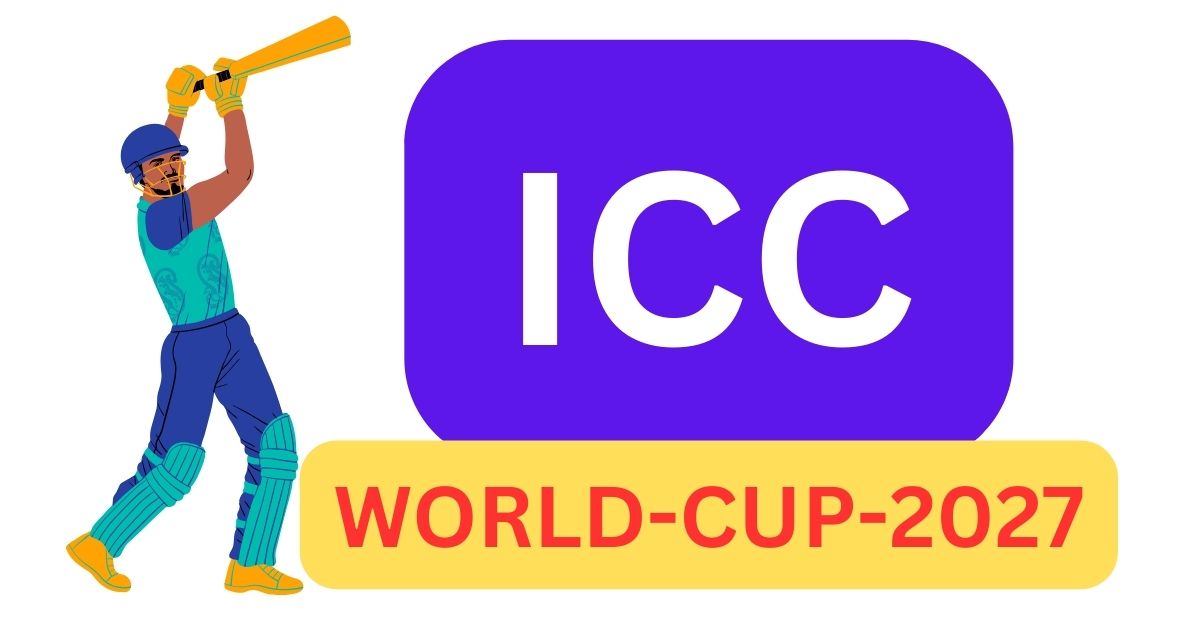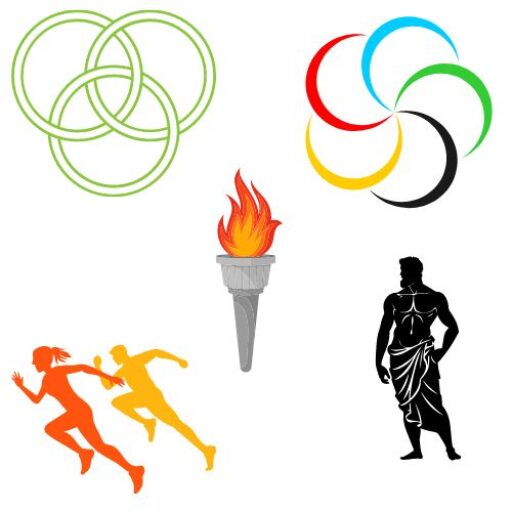The Cricket World Cup: Cricket, often dubbed the “gentleman’s game,” has captivated millions worldwide, and nothing exemplifies its global appeal more than the Cricket World Cup. Since its inception in 1975, the tournament has grown into one of the most prestigious events in sports, showcasing thrilling matches, unforgettable moments, and a legacy of champions. In this blog, we’ll dive into the history of the Cricket World Cup, highlight some of its most iconic matches, and celebrate the teams that have lifted the coveted trophy.
The History of the Cricket World Cup
The Cricket World Cup was born out of a desire to create an international stage for One Day International (ODI) cricket, a format that emerged in the early 1970s as a faster, more dynamic alternative to Test matches. The International Cricket Council (ICC), then known as the Imperial Cricket Conference, organized the first tournament in 1975 in England, the birthplace of cricket.
- The Early Years (1975–1983):
The inaugural tournament, officially called the Prudential Cup, featured eight teams playing 60-over matches. The West Indies, led by Clive Lloyd, emerged as the dominant force, winning the first two editions in 1975 and 1979. Their aggressive batting and fearsome pace bowling set the tone for ODI cricket. In 1983, India shocked the world by defeating the West Indies in the final, marking a turning point that shifted cricket’s power base toward the subcontinent. - Expansion and Evolution (1987–1999):
The tournament expanded beyond England for the first time in 1987, hosted by India and Pakistan, and reduced matches to 50 overs per side—a format that remains standard today. Australia claimed their first title in 1987, beginning their rise as a cricketing superpower. The 1990s saw further growth, with the 1992 edition introducing colored clothing, white balls, and floodlights. Pakistan won in 1992, while Sri Lanka’s triumph in 1996 showcased the rise of Asian cricket. - The Modern Era (2000–Present):
The 21st century brought increased competitiveness and global reach. Australia dominated with a hat-trick of titles (1999, 2003, 2007), led by legends like Ricky Ponting. India reclaimed glory in 2011 on home soil, and England won their first title in 2019 in a dramatic final. The tournament has evolved with technology (DRS, T20 influences) and inclusivity, now featuring qualifiers to give smaller nations a chance.
Iconic Matches That Defined the World Cup
The Cricket World Cup has produced countless memorable encounters. Here are some that stand out:
- 1975 Final: West Indies vs. Australia
- The first-ever World Cup final saw Clive Lloyd’s 102 off 85 balls power West Indies to 291/8. Australia fought back but fell short at 274, with five run-outs proving costly. It was a fitting start to the tournament’s legacy.
- 1983 Final: India vs. West Indies
- India, massive underdogs, bowled out the two-time champions for 140 after posting a modest 183. Kapil Dev’s leadership and Mohinder Amarnath’s all-round heroics sparked a cricketing revolution in India.
- 1992 Semi-Final: England vs. South Africa
- Rain and a controversial rule adjustment left South Africa needing 22 runs off one ball after a revised target. This match led to the adoption of the Duckworth-Lewis method for rain-affected games.
- 1999 Semi-Final: Australia vs. South Africa
- A tied match that saw Australia advance to the final due to a better group-stage record. Lance Klusener’s heroics couldn’t prevent a dramatic run-out, sealing South Africa’s reputation for World Cup heartbreak.
- 2019 Final: England vs. New Zealand
- Arguably the greatest ODI ever, this match ended in a tie after 50 overs and a Super Over. England won on boundary countback, lifting the trophy in front of a euphoric home crowd at Lord’s.
The Champions: Cricket World Cup Winners
Here’s a list of all Cricket World Cup winners to date (as of March 14, 2025):
| Year | Winner | Runner-Up | Host Country/Countries | Notable Moment |
|---|---|---|---|---|
| 1975 | West Indies | Australia | England | Clive Lloyd’s century in the inaugural final |
| 1979 | West Indies | England | England | Viv Richards’ unbeaten 138 |
| 1983 | India | West Indies | England | Kapil Dev’s iconic catch to dismiss Richards |
| 1987 | Australia | England | India, Pakistan | First tournament outside England |
| 1992 | Pakistan | England | Australia, New Zealand | Imran Khan’s “cornered tigers” speech |
| 1996 | Sri Lanka | Australia | India, Pakistan, Sri Lanka | Aravinda de Silva’s all-round brilliance |
| 1999 | Australia | Pakistan | England | Shane Warne’s 4/33 in the final |
| 2003 | Australia | India | South Africa | Ricky Ponting’s 140* in the final |
| 2007 | Australia | Sri Lanka | West Indies | Adam Gilchrist’s 149 in the final |
| 2011 | India | Sri Lanka | India, Sri Lanka, Bangladesh | MS Dhoni’s match-winning six |
| 2015 | Australia | New Zealand | Australia, New Zealand | Mitchell Starc’s devastating bowling |
| 2019 | England | New Zealand | England | Super Over drama and boundary countback victory |
| 2023 | Australia | India | India | Travis Head’s 137 in the final |
Note: The 2023 tournament is the most recent as of this blog’s writing (March 14, 2025). The next ODI World Cup is scheduled for 2027.
The Legacy and Future of the Cricket World Cup
The Cricket World Cup has transcended sport to become a cultural phenomenon, uniting fans across continents. From the Caribbean flair of the 1970s to India’s passionate cricket fandom and Australia’s clinical dominance, the tournament reflects the game’s diversity and evolution.
Looking ahead, the ICC aims to make the World Cup more inclusive, with plans to expand the number of teams and promote cricket in emerging nations like the USA and Ireland. The rise of T20 cricket has also influenced the ODI format, making it faster and more entertaining.


